EARLY DAYS
Recognizing that information dissemination and ideological culture are crucial fronts in the cause of national construction and defense, immediately after the successful August Revolution, on August 28, 1945, President Ho Chi Minh decided to establish the Ministry of Information and Propaganda, with Comrade Tran Huy Lieu as Minister. Since then, August 28 has become the traditional day of the Culture and Information sector for the past 80 years.
In Nghe An , after the government was established, the people of Vinh city launched a movement to support the resistance of the people of Southern Vietnam, responding to the "Southern Advance Army" and the "Golden Week"... Various organizations, trade unions, and mass associations participated in many fundraising activities to support the "Southern Resistance Fund." Artists and writers organized "Cultural Galas" with unique self-composed performances. This was a period where culture accompanied and overcame the difficulties in the early days of the nation's founding.
In January 1946, the Ministry of Propaganda and Agitation was established, and in Nghe An, it was renamed the Department of Propaganda and Arts, headed by writer Bui Hien. This was a crucial milestone marking the beginning of the nine-year protracted resistance war against French colonialism. The central revolutionary task during this period was to focus on propaganda to "eradicate ignorance," "eradicate hunger," and "eradicate foreign invaders." In particular, responding to President Ho Chi Minh's call for "National Resistance," many movements emerged in Nghe An, such as "Popular Education," "Rice Jar for Feeding the Army," "Building a New Life," and "Sharing Food and Clothing," contributing significantly to the success of the resistance war.
In 1947, the Information and Propaganda Department of Zone 4 was established, headed by Mr. Nguyen Khoa Van (also known as Hai Trieu). From then on, the information and propaganda sector was organized into a system from the central level to the commune level, and the personnel structure was also strengthened, with the Propaganda and Arts Department having a staff of up to 80 people. Most of the department's staff were skilled in writing, drawing, public speaking, playing musical instruments, and composing. Short-term training courses in drawing, radio editing, and singing were also continuously opened, improving the professional skills of the grassroots staff.
During the years of resistance against the French, the Culture and Information sector of Nghe An became a spearhead on the propaganda and mobilization front. Propaganda activities during this period were extremely vibrant. Village courtyards, warehouses, groves of trees... anywhere could become a propaganda location for information cadres. Reputable intellectuals spearheaded the dissemination of resistance policies and guidelines through poetry, folk songs, and the "Radio" newspaper, the official publication of the Nghe An Department of Propaganda and Arts.
During the period of resistance against the destructive war waged by the American imperialists, in Nghe An, cultural and information cadres stood alongside the people in the "Three Ready Youth" and "Three Responsibilities Women" movements. With the slogans "Singing drowns out the sound of bombs," and "Loudspeakers blend with the sound of gunfire," each cultural cadre was both an artist and a soldier, bringing songs, books, newspapers, and films to serve the fighting and production. In those days, using the warehouse yard as a stage, the artists took turns holding kerosene lamps to watch out for unexpected enemy attacks. They clashed with each other amidst the bombing raids, yet laughter and songs still rang out.
Sometimes, while performing on the artillery platform, the enemy would suddenly drop bombs. The artist would then join the soldiers, becoming an invaluable ammunition supplier for the anti-aircraft artillery. When the enemy withdrew, they would happily clean the artillery platform together, and the singing would resume as if no battle had ever happened.
President Ho Chi Minh with actors from the Nghe An People's Performing Arts Troupe at the Presidential Palace. (Archival photo)
General Vo Nguyen Giap with actors from the Nghe An Folk Song Theatre. (Archival photo)
In the memories of the people back then, watching news documentaries and feature films in underground tunnels or cooperative warehouses was a deeply moving and unforgettable experience. At that time, cinema was a shock troop of the Cultural sector. With a small crew and mobile carts, they were able to quickly transport equipment and film to key targets under attack, such as Cam Bridge, Sy Station, and Yen Ly Station. To ensure the safety of each screening, Labor Hero Tran Van Giang, Team Leader of Mobile Film Projection Team 109 in Dien Chau District, had unique technical innovations that became valuable lessons for the entire sector to learn from. He used 40 meters of dark green fabric to shield the light emitted from the film projector from the screen at night; and used reflective foil, pointing it upwards during the day to disrupt enemy aircraft, preventing them from detecting the target. Witnessing his colleagues using handcarts to transport gasoline cans from Hanoi to serve the film screenings, Tran Van Giang meticulously researched and successfully developed a device to insert an auxiliary chain into the carburetor of a Soviet-made four-stage generator, reducing energy consumption from 3 liters per screening to 1.5 liters per screening.
The 316 Do Luong film screening team before going out to serve audiences. (Archival photo)
It can be said that during the period 1945-1975, through extraordinary efforts and overcoming numerous difficulties, a revolutionary culture rich in identity was formed. From the spirit of creativity, pioneering, and solidarity with compatriots and comrades, Nghe An culture laid a solid foundation, serving as a springboard for strong development in subsequent periods.
In early 1976, following a resolution of the Politburo, Nghe An and Ha Tinh merged to form Nghe Tinh province. The spirit of "changing the world," with the "large-scale construction" movement, created favorable conditions for the rapid development of cultural activities. This was a period when culture was directly brought to the construction sites, serving production and meeting the cultural needs of the workers.
During this period, despite operating under difficult financial conditions and lacking adequate facilities, the Culture and Information sector achieved many accomplishments. The museum system continuously expanded in scale. In addition to the Soviet Nghe Tinh Museum and the Kim Lien Historical Site, there were also the Nghe An Museum, the Quy Chau Museum, the Phan Boi Chau Memorial House, etc., creating the initial conditions for the sector to enter the period of reform.
CULTURE OF NGHE AN - THE PERIOD OF REFORM AND DEVELOPMENT
In August 1991, Nghe Tinh province was divided into two provinces: Nghe An and Ha Tinh. From then on, the Culture and Information sector of Nghe An entered a period of strong development, creating many important milestones in the history of the sector's development.
Building a system of grassroots cultural and information institutions.
Recognizing that a robust system of grassroots cultural and information institutions is essential for propaganda and mobilization efforts, Nghe An province has, from a very early stage, built and developed a comprehensive system of cultural institutions at the commune, ward, and town levels, fostering creativity and harnessing the internal strengths of the people. Cultural officials have spread to various localities to pilot new lifestyle models, from wedding and funeral customs to folk song and chant clubs…
Nghe An province held a ceremony to launch the "All People Unite to Build a Culturally Rich Life" campaign in 2000. (Archival photo)
Ceremony to receive the title of "Cultural Family Lineage" in Nghe An. Photo taken from a video clip: Dinh Tuan
With many innovative approaches, the movement for national unity in building a cultured way of life has spread strongly, creating momentum for emulation in building "Cultured Families," "Cultured Villages," and "Cultured Blocks/Neighborhoods"... At the provincial level, the coordinated activities between the Culture sector and other sectors such as the Border Guard, Post Office, and Transportation have created a unified guidance network, developing cultural movements from breadth to depth, deeply permeating the lives of the people.
In 2003, one of the significant milestones was the inauguration and opening of Ho Chi Minh Square, a national-level cultural project. This was the result of the determination to overcome difficulties and the embodiment of the affection of the people of Nghe An province, as well as the people of the whole country, towards President Ho Chi Minh.
The flag-raising ceremony and flying of the national flag was held on the morning of May 19, 2025, at Ho Chi Minh Square (Nghe An). (Photo courtesy of Vo Hai)
In 2008, after more than 1,000 days of construction, the temple dedicated to King Quang Trung on Dung Quyet Mountain was inaugurated, becoming a cultural and spiritual highlight for people visiting the ancient Yen Truong region. The temple is located on Dung Quyet Mountain, in what is now Truong Vinh ward. The mountain has four branches: the dragon's head, the phoenix's wings, the turtle's shell, and the unicorn, embodying the four mythical creatures: Dragon, Unicorn, Turtle, and Phoenix. Each year, the temple welcomes tens of thousands of visitors who come to admire the scenery, make pilgrimages, and worship.
Restoring traditional culture
Traditional culture is the soul of the spirit and the driving force of development. Therefore, alongside the restoration and preservation of historical relics that have faded or deteriorated, such as the King Mai Temple, Cờn Temple, and Quả Temple, the cultural sector has focused on restoring traditional festivals. Festivals are a link between the past and the present, a living museum of culture, a place where people can reflect on themselves and identify with their own selves. Cultural officials and experts have closely followed daily life, meticulously developing festival scenarios. The ceremonial part, based on beliefs and ancient rituals, revives the sacred space accumulated through countless historical ups and downs. The festive part is open, integrating cultural elements from ancient times to new forms of performance, creating a colorful space that reflects the beauty of a region or land. During this period, a series of new compositions serving the festivals were also created and became traditional songs of the festivals.
Bach Ma Temple Festival. Photo taken from a video clip: Dinh Tuan
Boat racing during the King Mai Festival. Photo taken from a video clip: Dinh Tuan
Besides traditional festivals, many new festivals have been formed, such as the Cua Lo Beach Tourism Festival, the "Drinking Water, Remembering the Source" Festival, and the Lang Sen Festival… The Lang Sen Festival, which originated as a folk art festival bringing together songs written about President Ho Chi Minh, quickly spread and became a national-level festival, connecting the heartfelt feelings of artists and performers nationwide towards him.
General Secretary To Lam, along with other leaders and former leaders of the Party and State, and leaders of Nghe An province, cut the ribbon to inaugurate the statue "Uncle Ho Visiting His Hometown". (Photo courtesy of Thanh Cuong)
Held every five years on President Ho Chi Minh's birthday, the National Lotus Village Festival is not only a "Ho Chi Minh cultural festival," but also a vibrant symbol of Vietnamese cultural life, where traditional and modern elements coexist, support, and transform each other.
Other cultural heritages of Nghe An province have also been effectively exploited and promoted, such as the collection and publication of folk art works on customs, traditions, crafts, music, and folk festivals. In this field, the valuable contributions of Associate Professor Ninh Viet Giao, musician Le Ham, musician Duong Hong Tu, and others cannot be overlooked. These individuals have silently and diligently "dusted away the dust to find the gold," preserving these "gold veins" of culture for future generations. Dozens of volumes of folk songs, ballads , and the complete Nghe An Gazetteer have affirmed the unique and rich characteristics of Nghe An culture within the national cultural flow.
Throughout history, the folk songs of Nghe An have always been a harmonious blend of the soul and character of the people of Nghe An, reflecting their profound inner lives, affection, and loyalty. From the 1970s and 1980s, alongside the collection of folk melodies, the leadership of the Culture sector directed the development of Nghe Tinh opera. Through perseverance, dedication, and creativity, in 1985, the play "Mai Thuc Loan" is considered the birth of Nghe Tinh opera, affirming the emergence of an official genre within the larger family of Vietnamese opera.
Artistic program at the celebration of the 10th anniversary of Nghe Tinh folk songs being recognized by UNESCO as a representative intangible cultural heritage of humanity in November 2024. Photo courtesy of Thanh Cuong.
Besides the task of theatricalizing folk songs, the artists traveled to various rural areas, carrying out the task of preserving heritage and restoring the performance spaces of ancient craft villages such as the weaving, rice planting, hat-making, and firewood-making guilds. From their origins as singing guilds, folk song clubs gradually formed, becoming the "cradle" for nurturing and developing the talent of the Ví Giặm folk song genre in daily life. Through numerous surveys, seminars, and international workshops, on November 27, 2014, Ví Giặm folk songs became the 9th Vietnamese heritage recognized by UNESCO as a Representative Intangible Cultural Heritage of Humanity, opening a brilliant period of development for Ví Giặm folk songs.
Development and integration in the digital age
In recent years, Nghe An's culture has continued to flourish with innovative and creative activities. Street festivals such as "Homeland in the Lotus Blossom Season," "Colors of Heritage," and "Colors of the Cultures of Nghe An's Ethnic Groups" have brought heritage closer to the public, enriching urban cultural life. The folk songs and melodies of Nghe An's traditional music remain, but now they are adorned with new colors, conveying a vibrant and colorful life.
The world is increasingly digitized, and in this trend, Nghe An has implemented virtual reality technology. Historical sites and heritage are no longer just exhibits but have become stories, unique journeys of discovery and connection. Digital transformation is truly a "boost" contributing to changing people's approach to historical and cultural heritage in a more positive, modern, and vibrant way, with a greater emphasis on personalization. The Nghe An Department of Culture is integrating these elements, aiming to develop a heritage economy, making cultural heritage one of the driving forces for the socio-economic development of the locality.
Mr. Nguyen Dinh Luong is experiencing virtual reality (VR) technology at the Nghe An Museum. (Photo taken from a video clip by Dinh Tuan)
Experience the touchscreen at the Nghe An Museum. Photo courtesy of Minh Quan.
In the field of literature and art, within the broader context of the nation, artists and writers have authentically reflected the pulse of life, showcasing the unique imprint of a land rich in historical and cultural traditions. Works of high ideological and artistic value, which have won national and international awards, further affirm the position and talent of Nghe An artists and writers both within and outside the province.
As historian Phan Huy Chú once assessed, "Nghe An is a place with high mountains, deep rivers, respectful customs, and bright scenery, renowned more than any other place in the South." This land of outstanding people and literary achievements has created a distinct cultural region, rich in identity, on the national cultural map. Inheriting and developing its inherent values, while selectively absorbing the finest aspects of human culture, Nghe An has, over time, unleashed the "soft" power of culture, allowing it to spread and permeate the economic, political, and social life, building a homeland that is increasingly prosperous, civilized, and distinctive.
Source: https://baonghean.vn/80-nam-nganh-van-hoa-nghe-an-toa-sang-truyen-thong-viet-tiep-tuong-lai-10305363.html


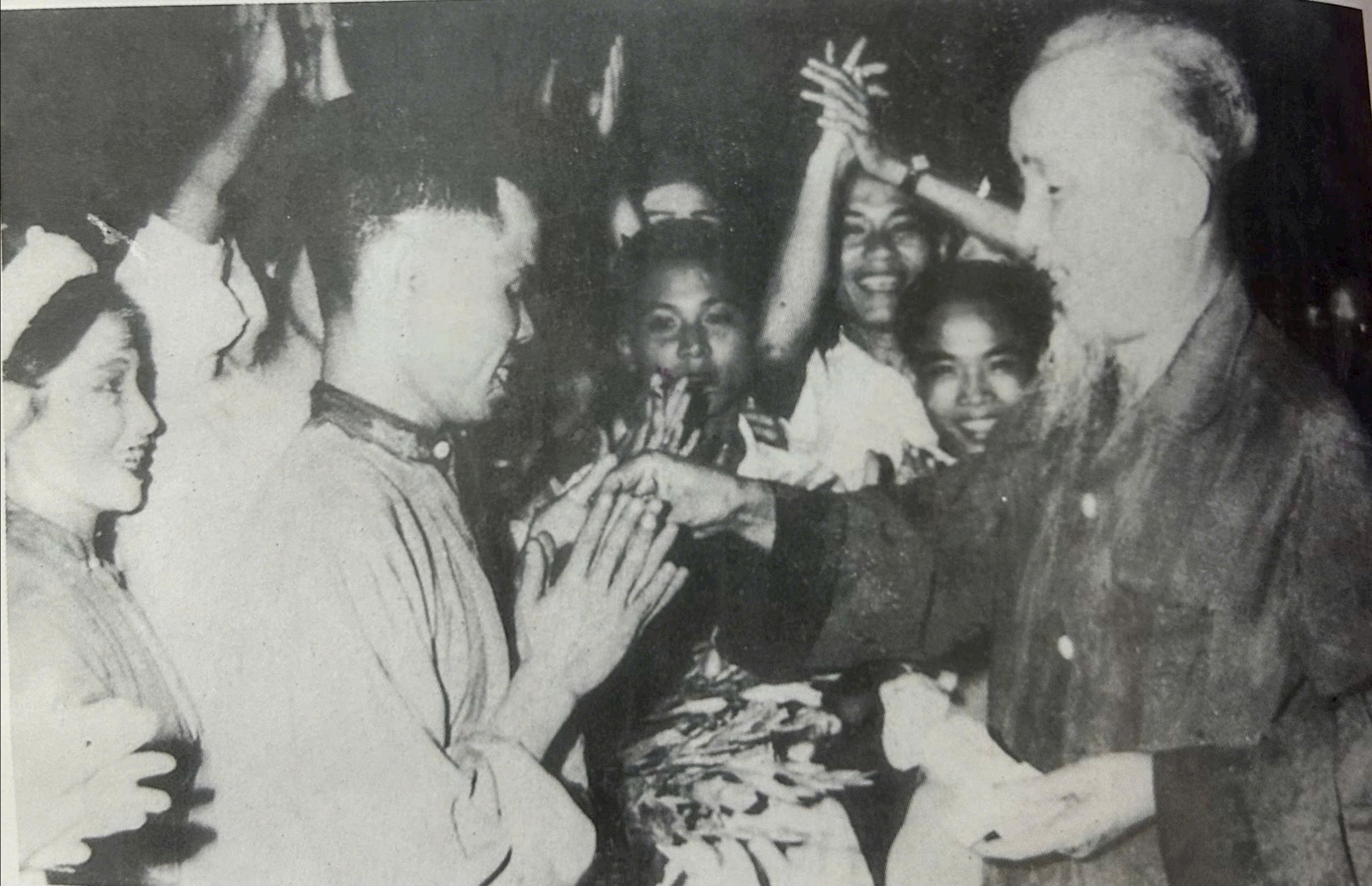
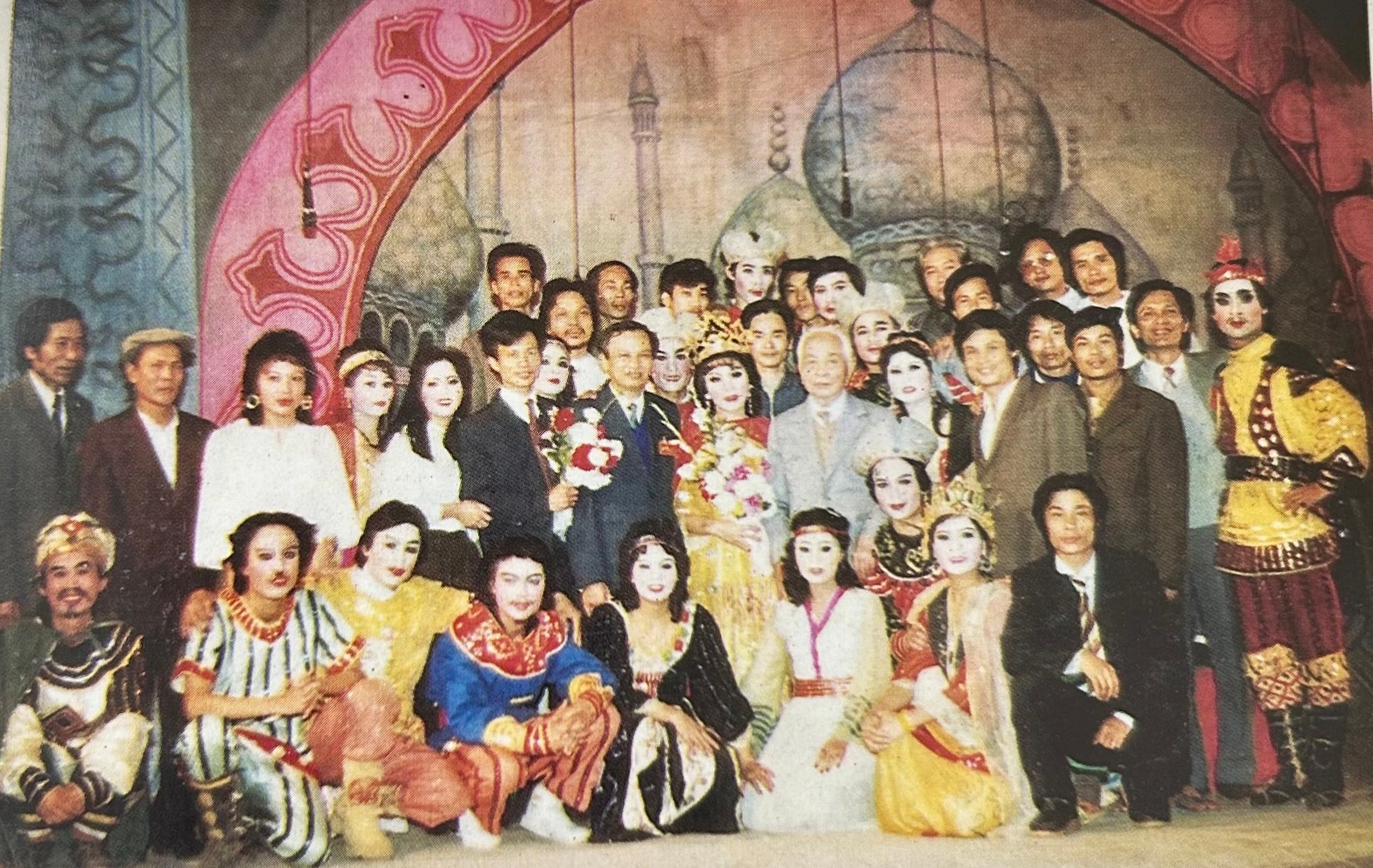
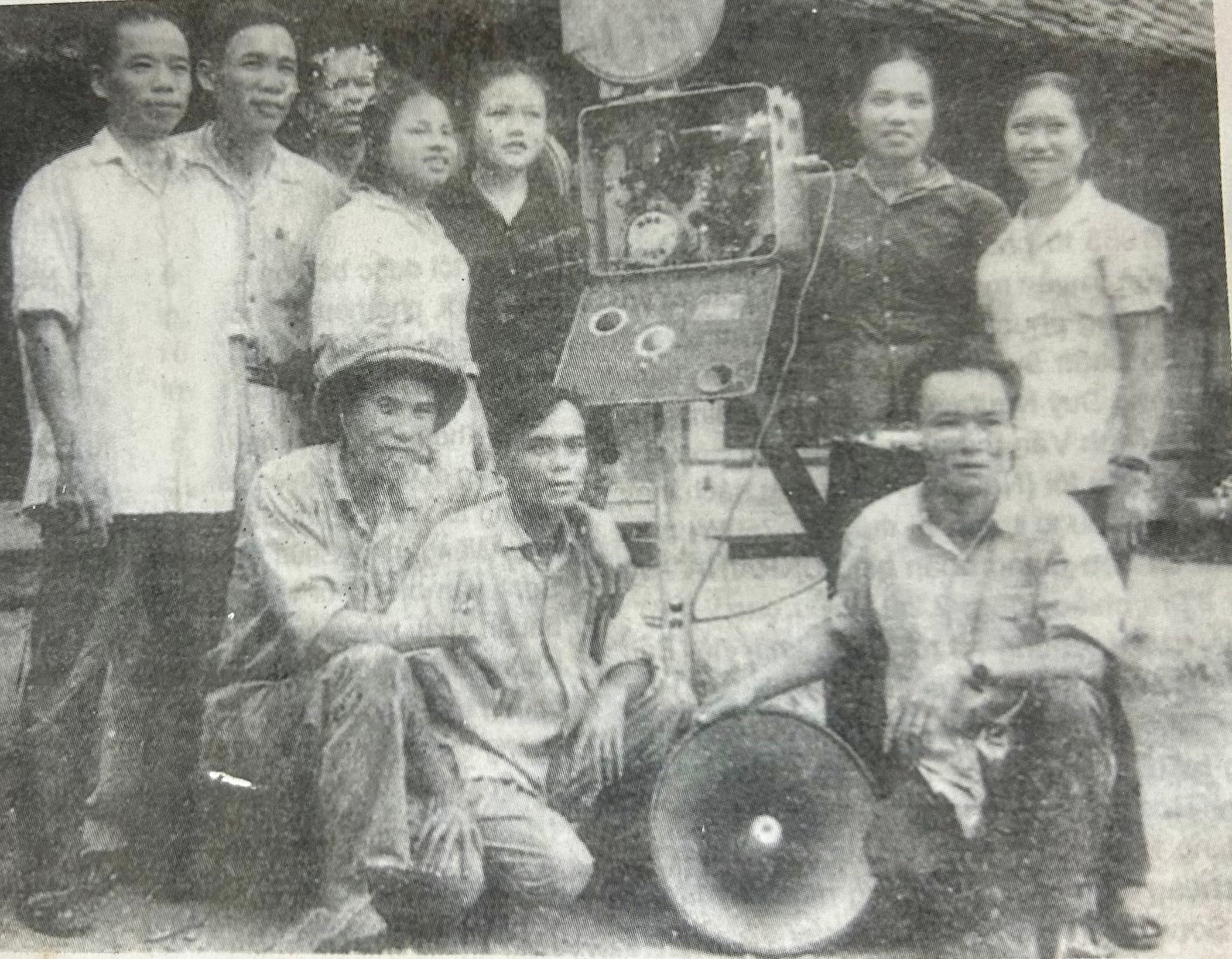

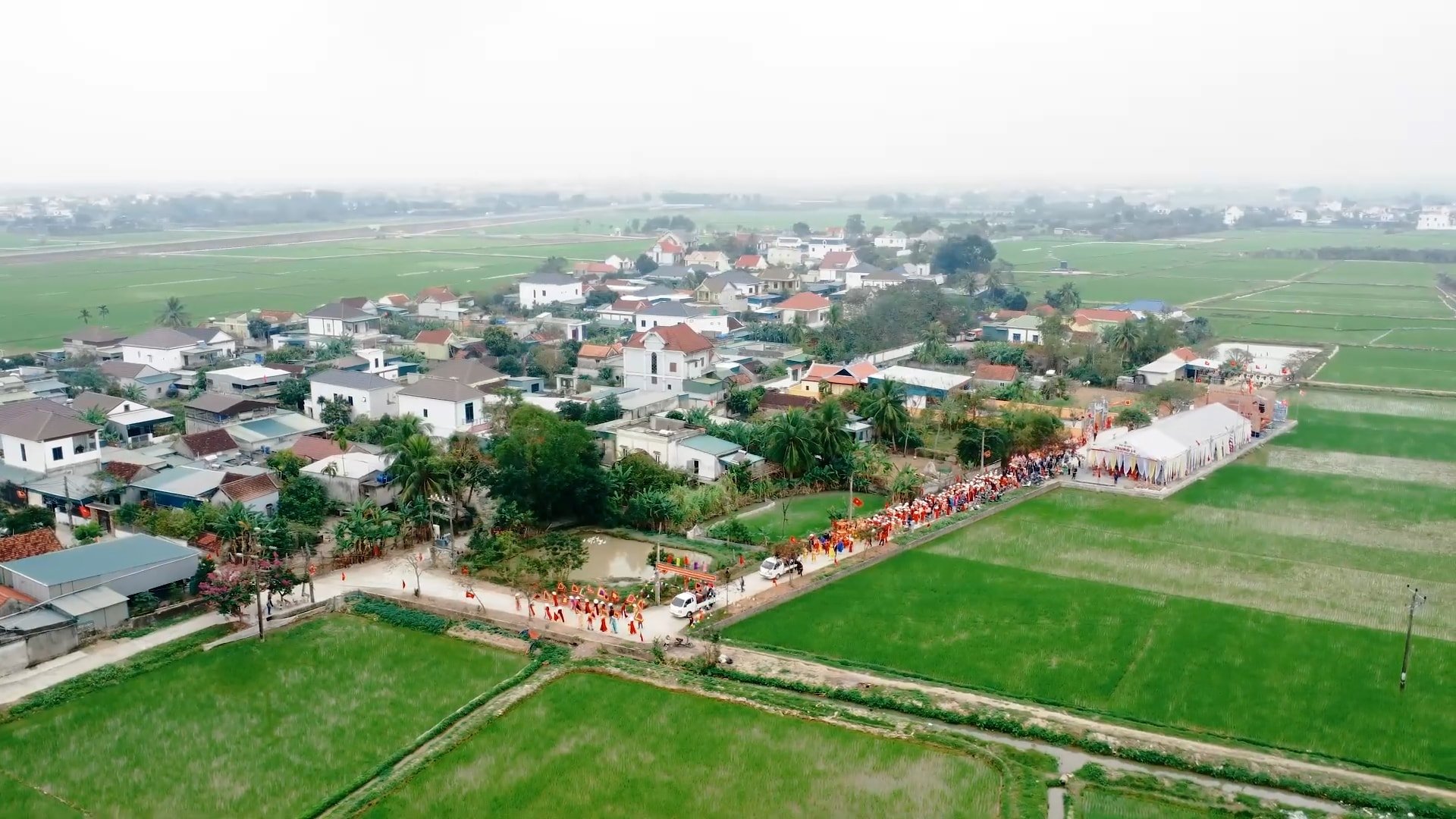
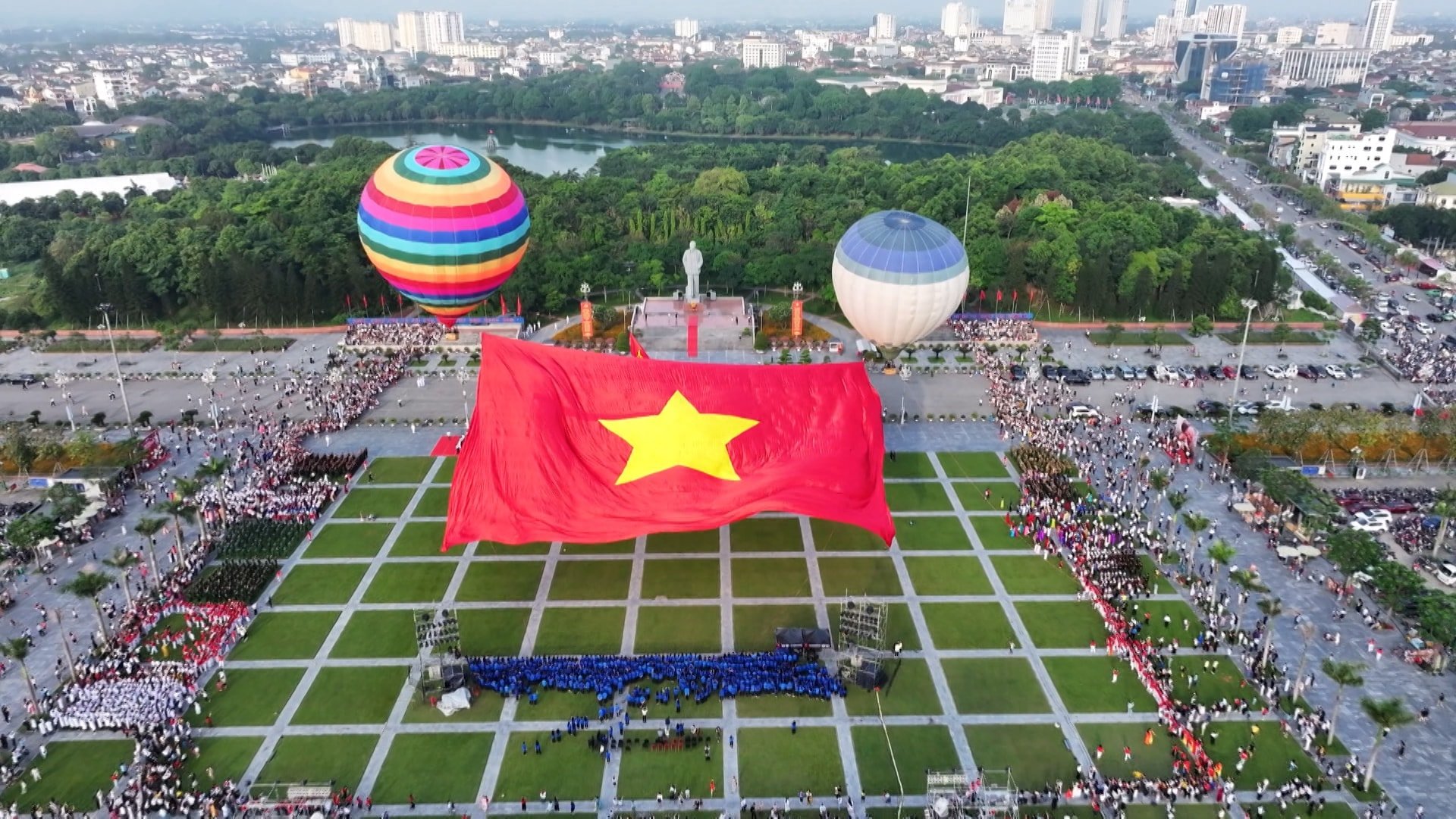
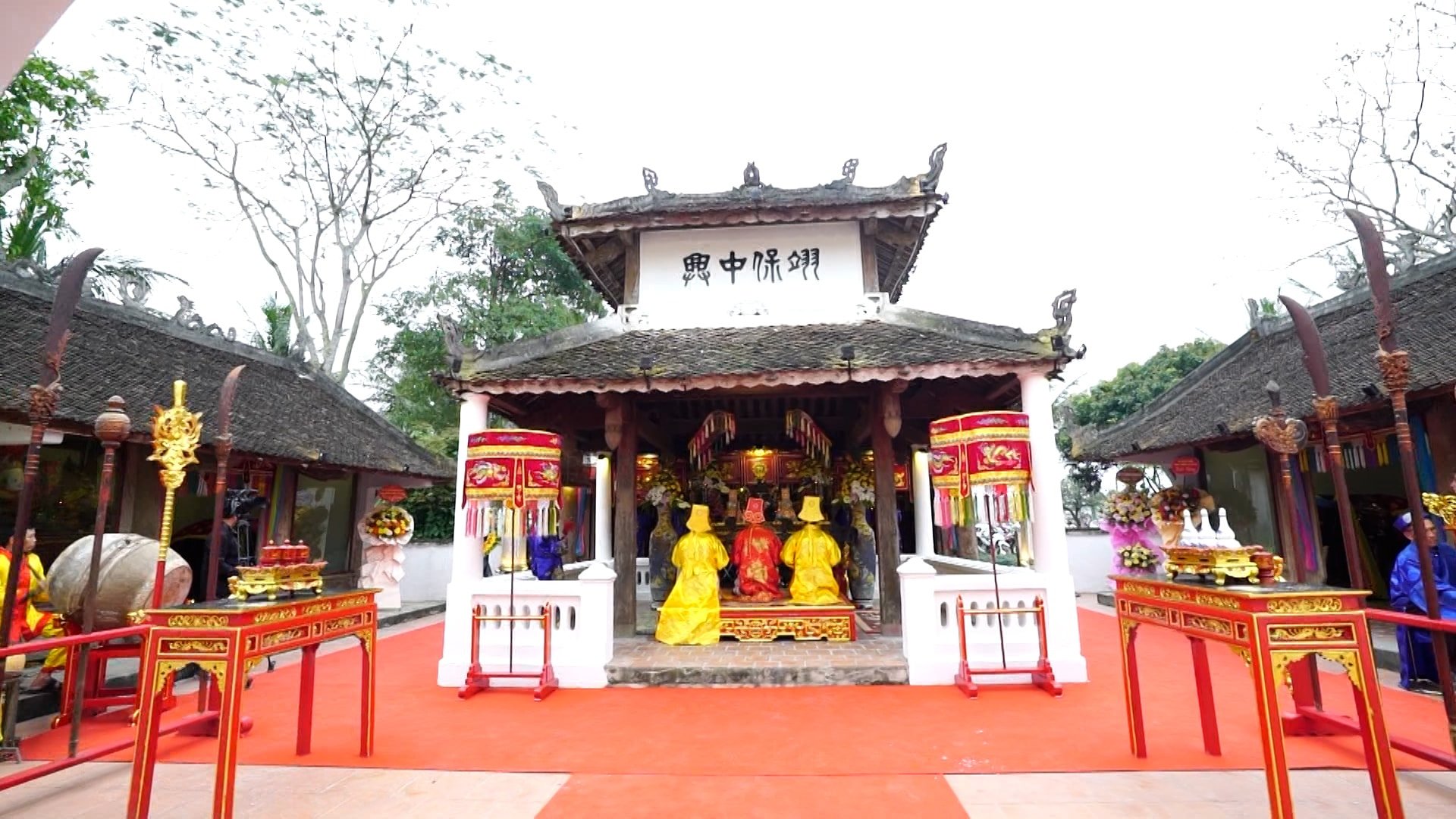
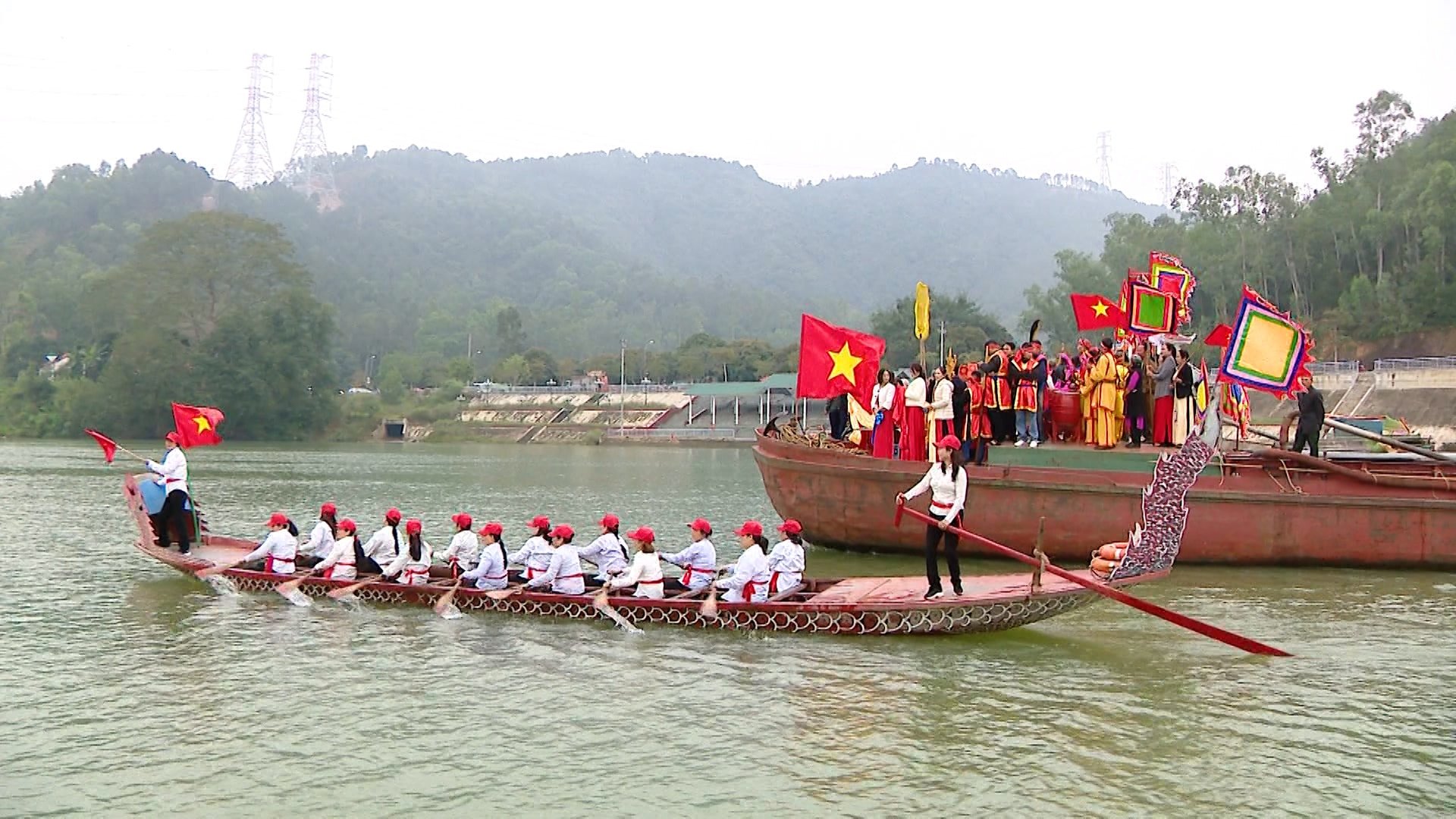
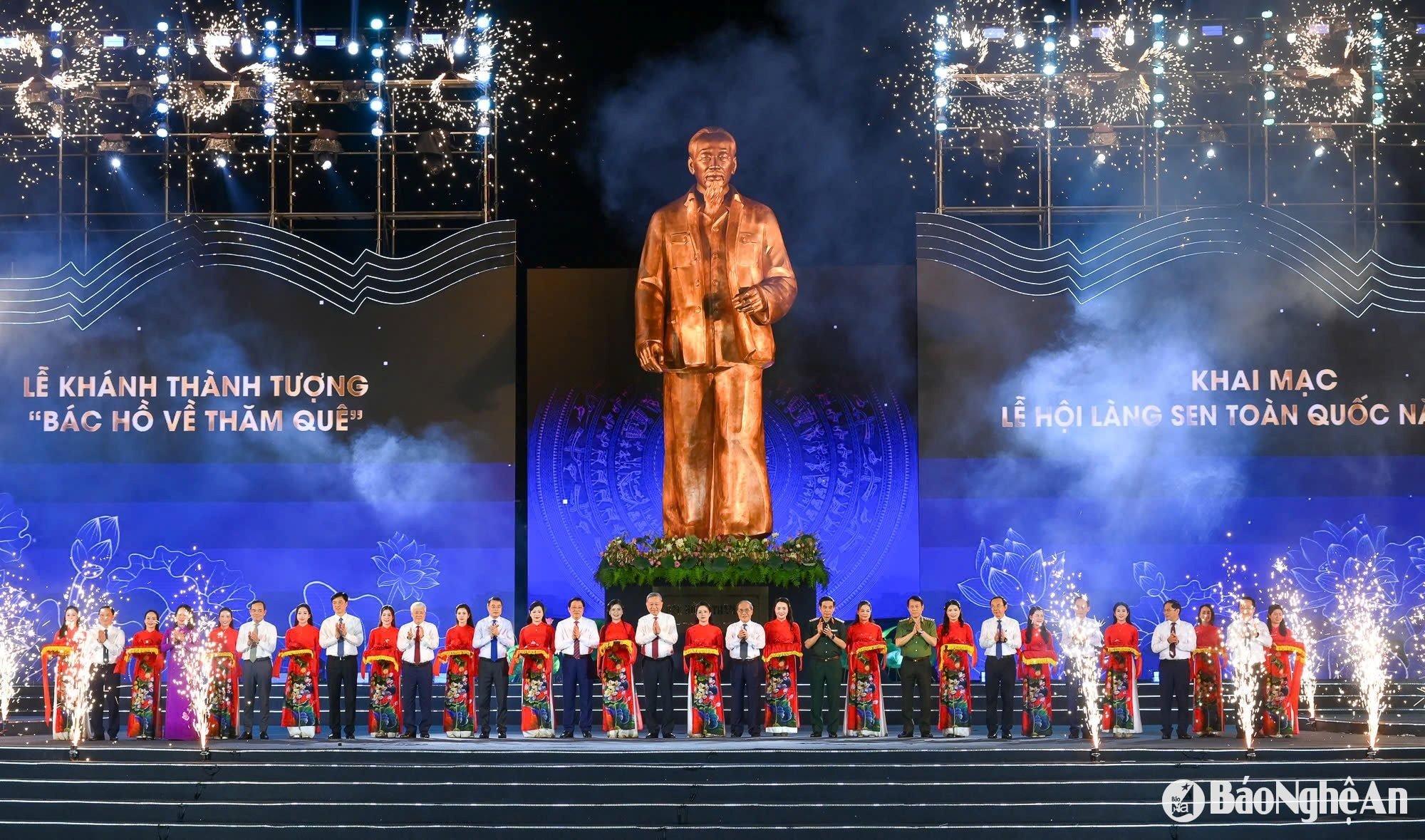
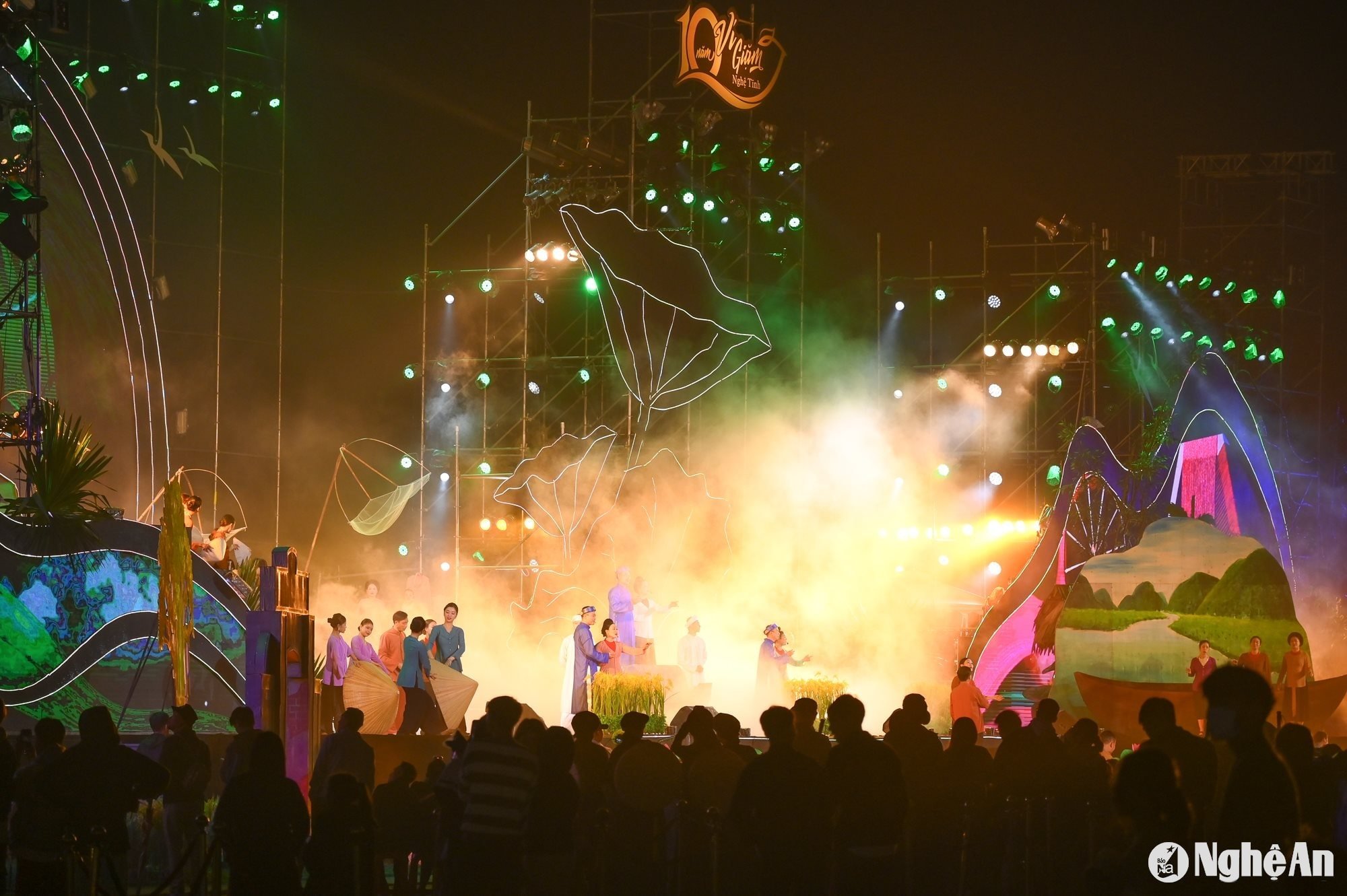
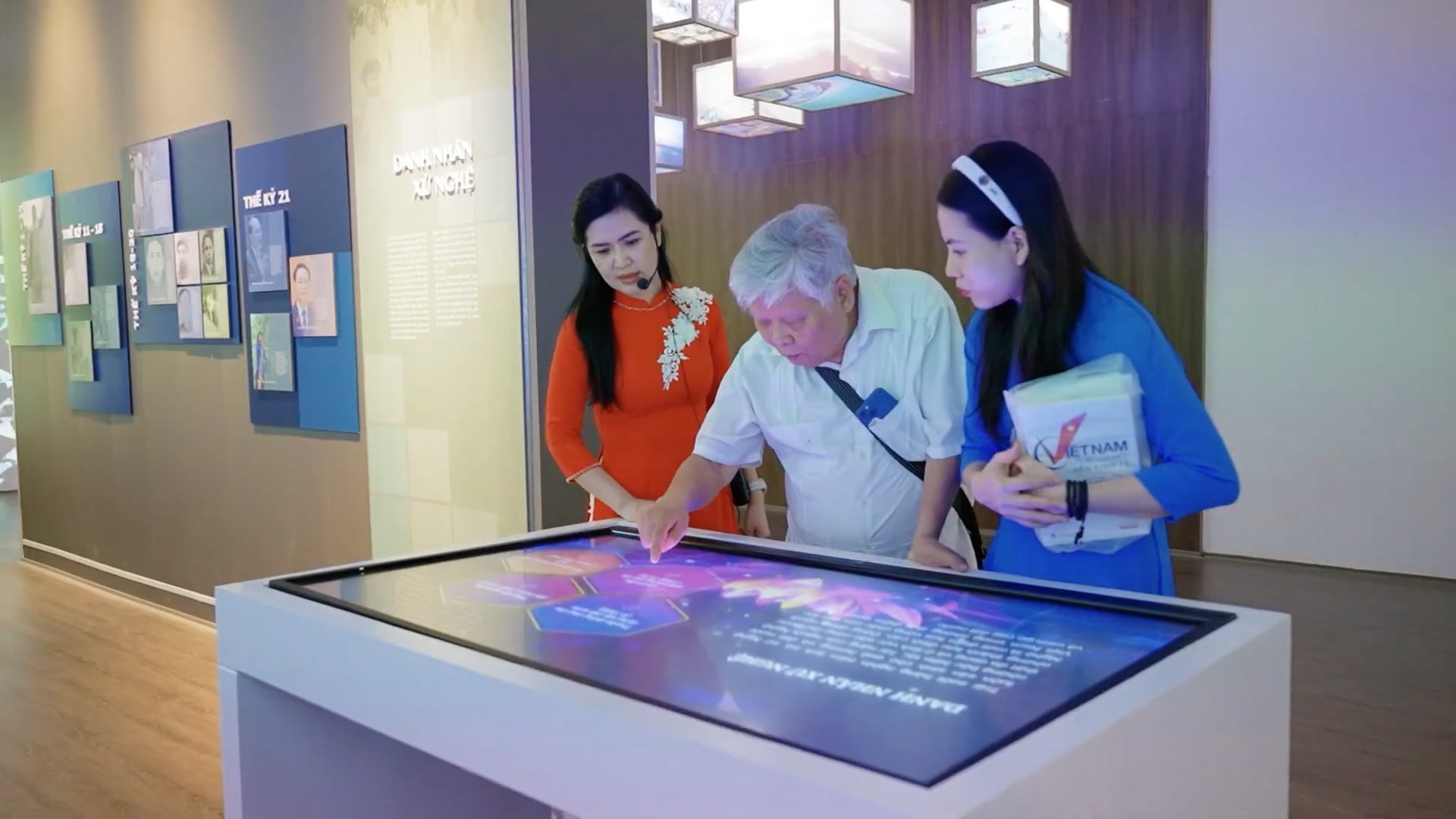
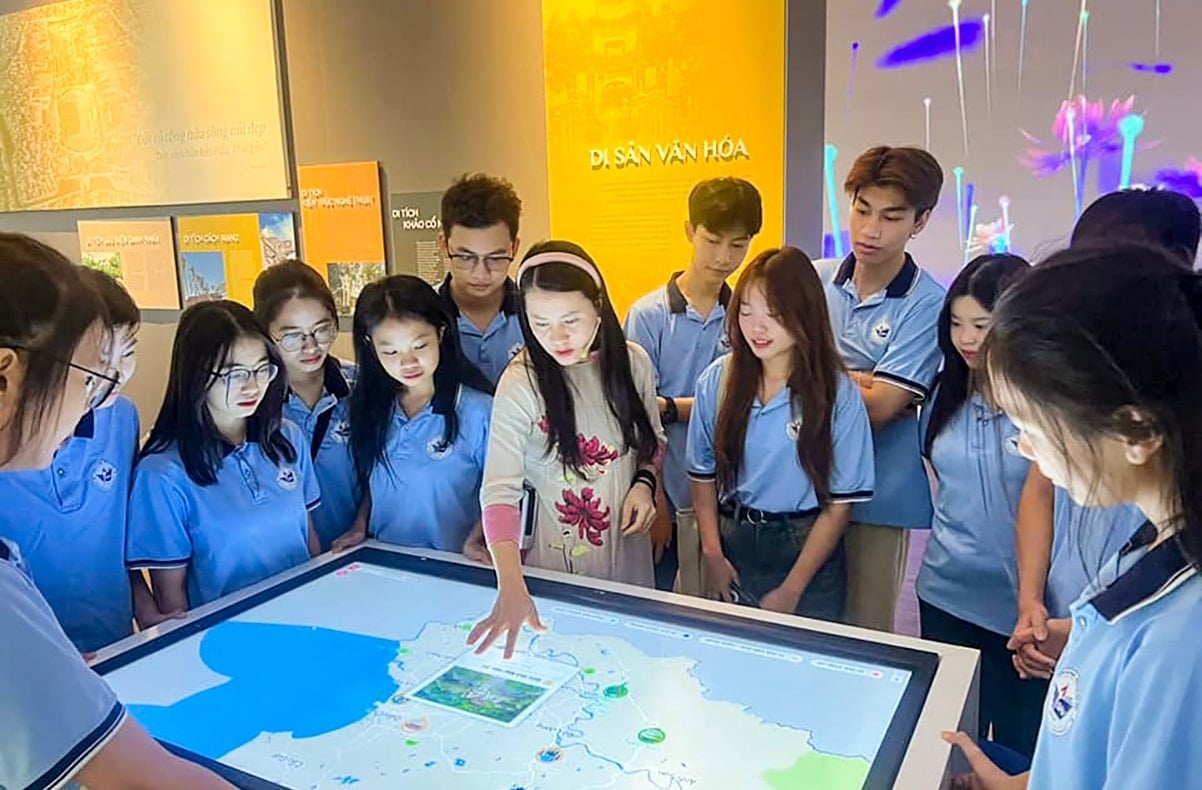



![[Photo] Prime Minister Pham Minh Chinh holds a phone call with the CEO of Russia's Rosatom Corporation.](/_next/image?url=https%3A%2F%2Fvphoto.vietnam.vn%2Fthumb%2F1200x675%2Fvietnam%2Fresource%2FIMAGE%2F2025%2F12%2F11%2F1765464552365_dsc-5295-jpg.webp&w=3840&q=75)








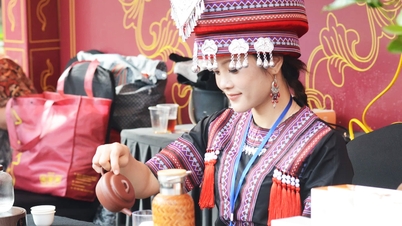

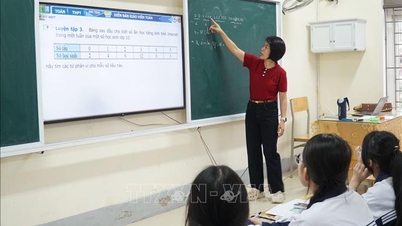
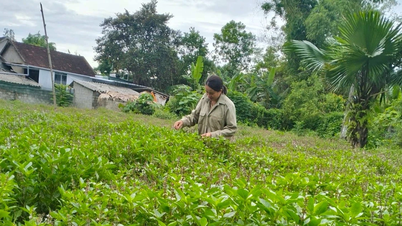











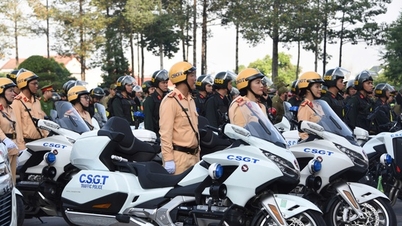


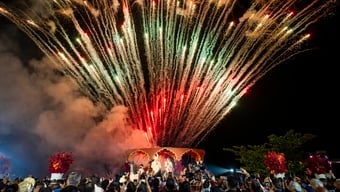
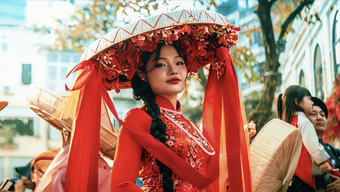





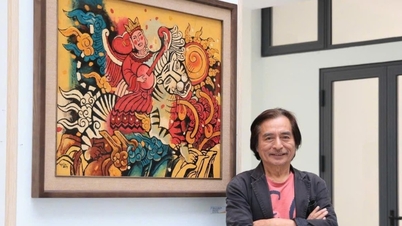




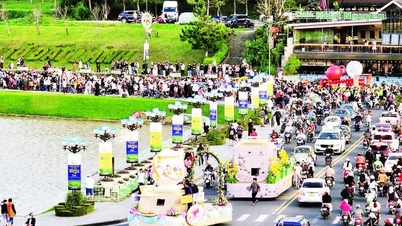
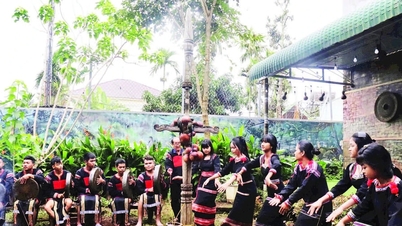
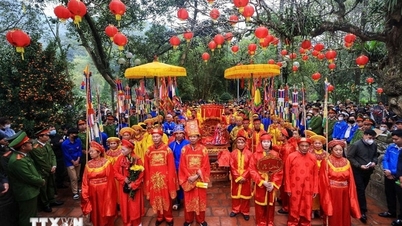



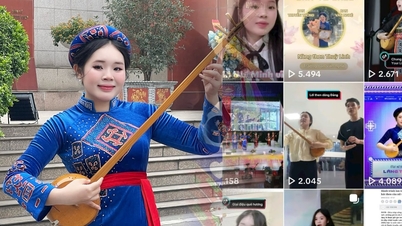


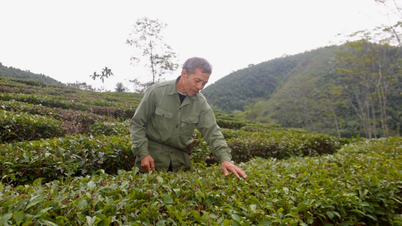








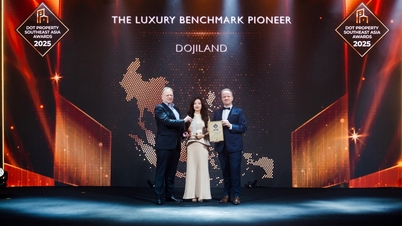
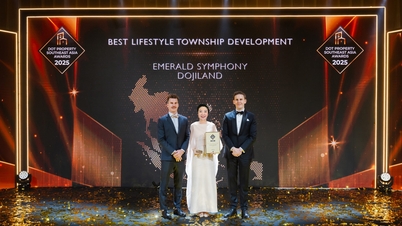

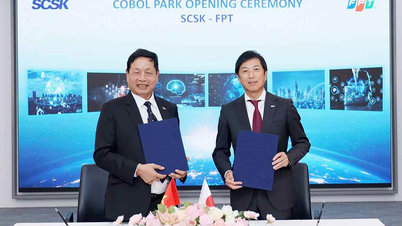





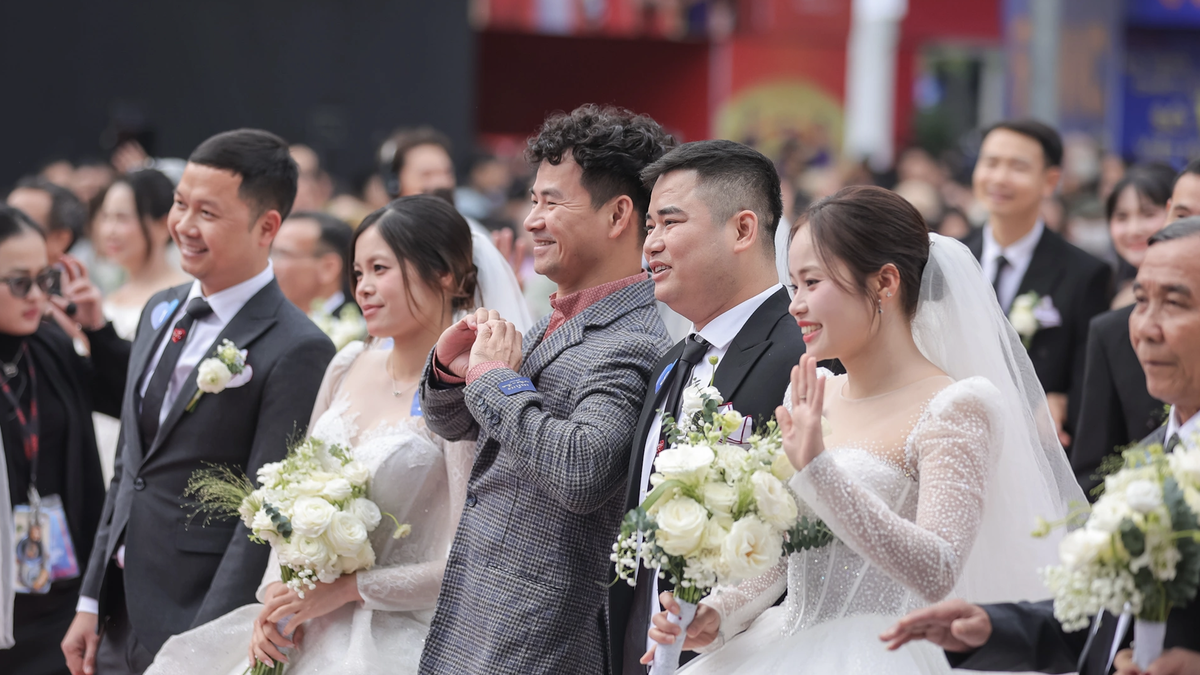
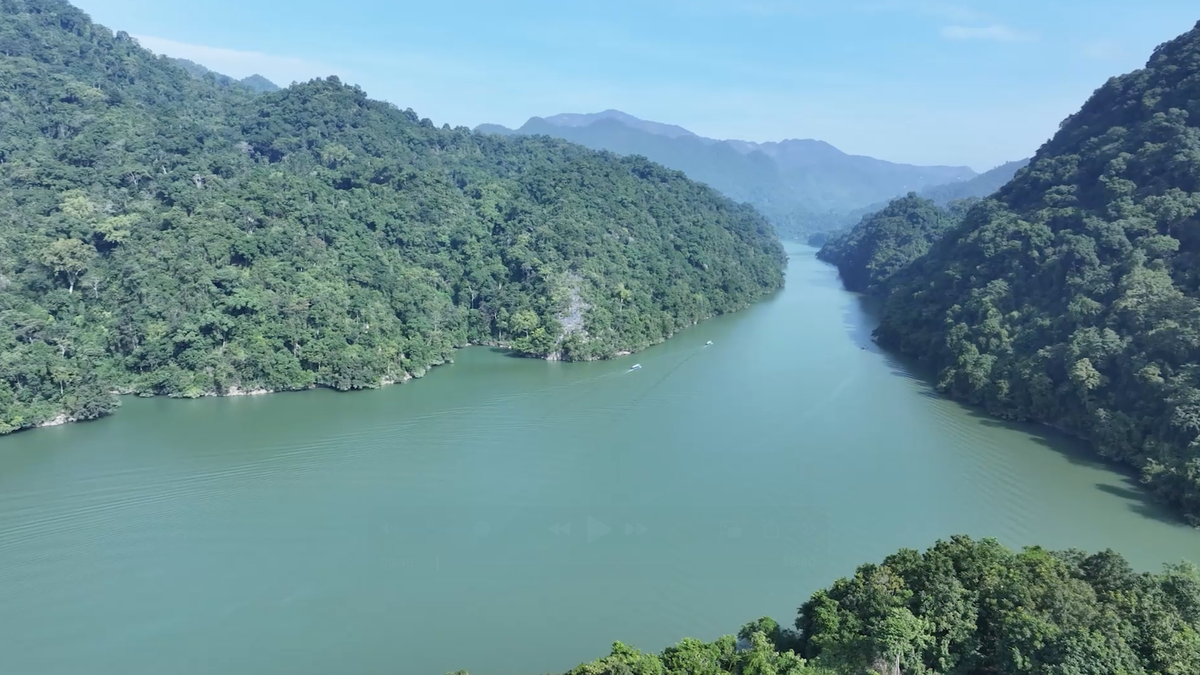















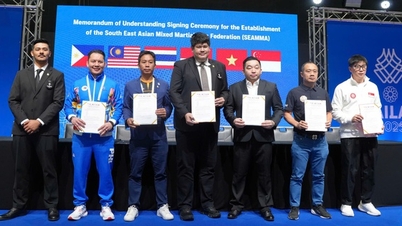

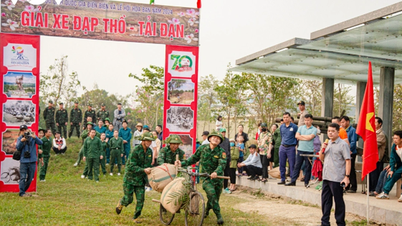















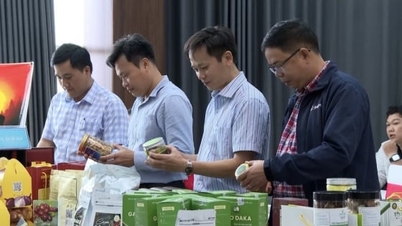









Comment (0)